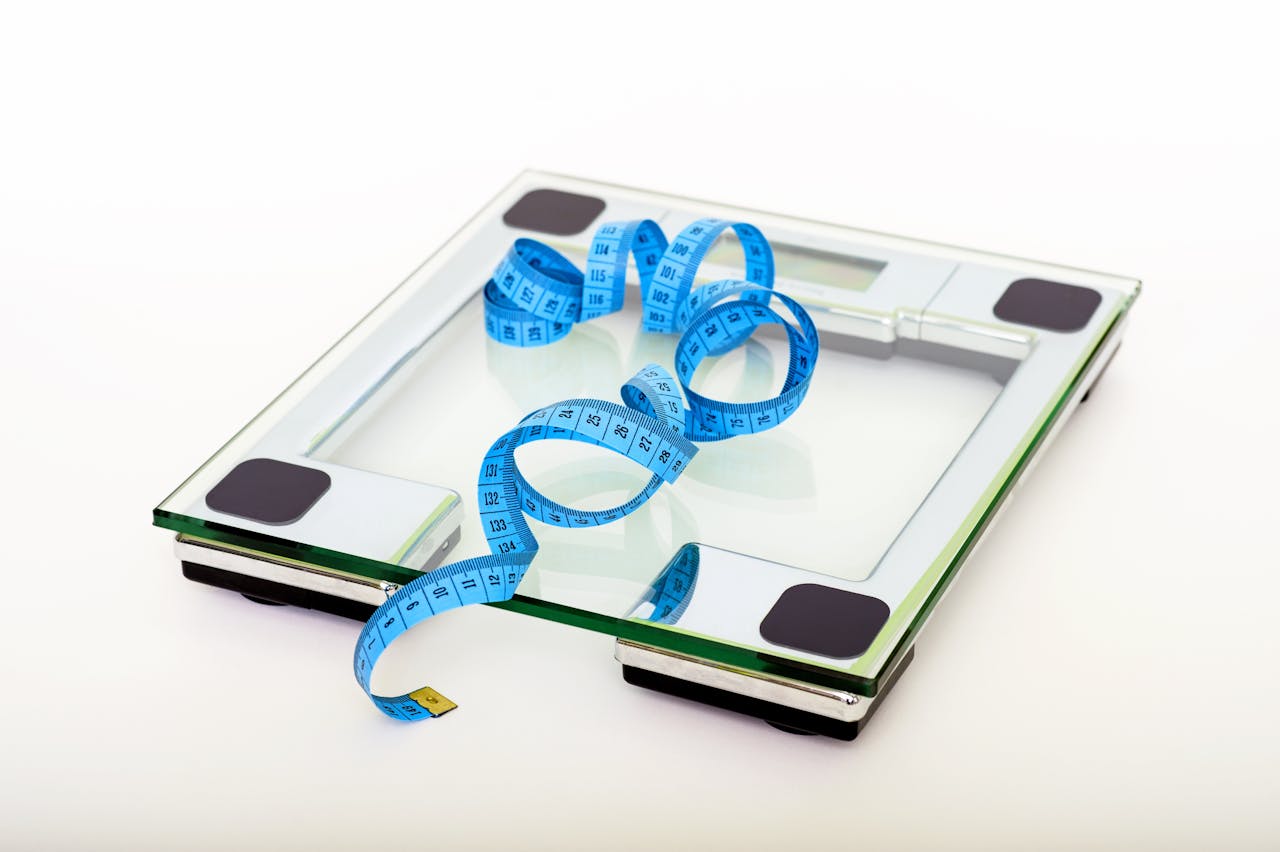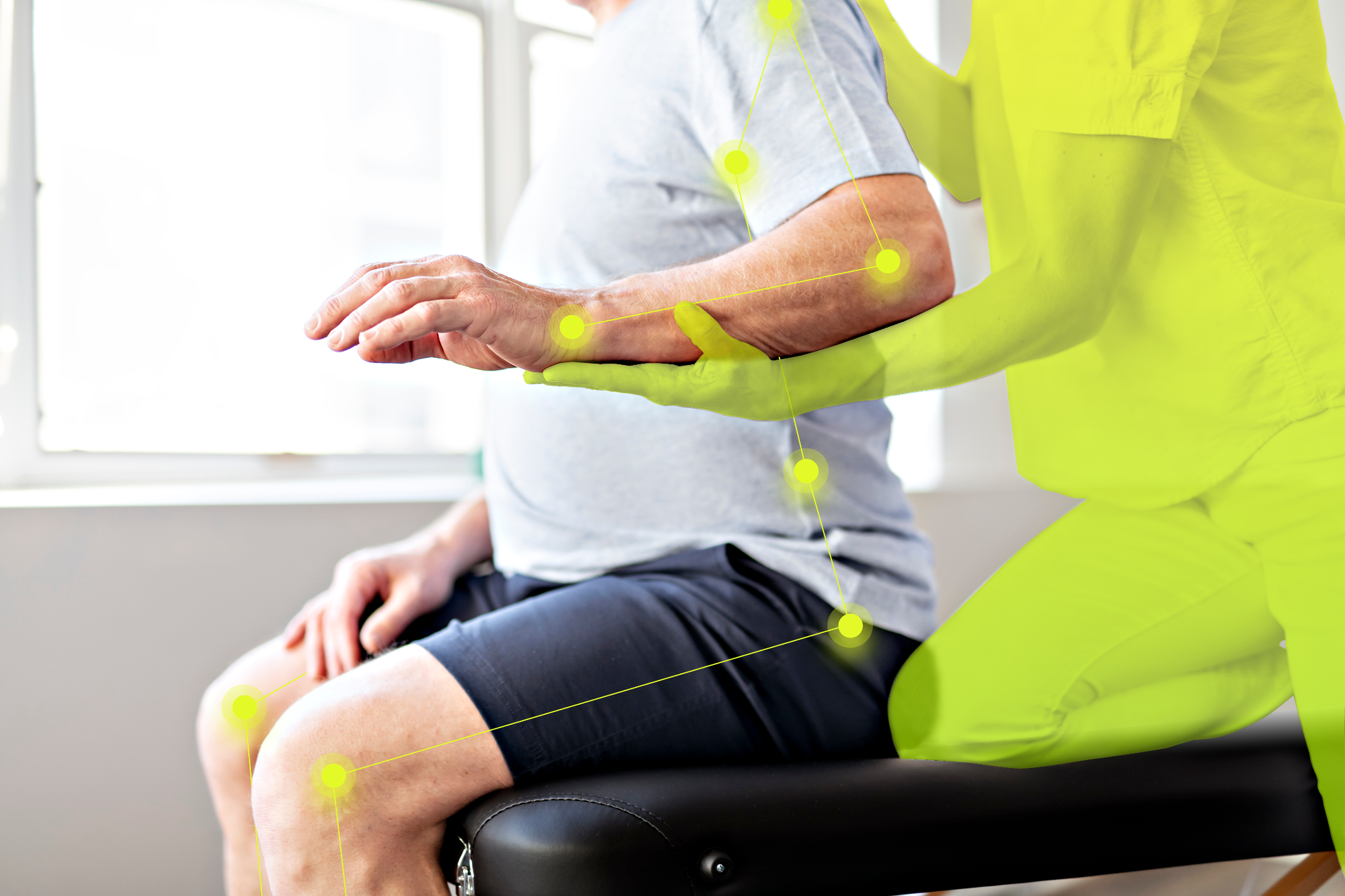Supporting individuals on their fitness and weight-loss journeys requires more than just motivation — it requires tools that are accessible, consistent, and tailored to each person’s needs. For many people, particularly those managing obesity or other chronic conditions, maintaining a structured and sustainable movement routine is one of the biggest challenges in weight management.

Computer vision technology is beginning to play a meaningful role in bridging this gap. By using a device’s built-in camera, computer vision allows programs to analyze a person’s movement in real time — offering guidance, feedback, and progress tracking without the need for wearables or in-person instruction.
The Challenge with Traditional Fitness and Weight-Loss Programs
Many fitness and weight-loss programs rely on static content like videos or general exercise plans. These can be useful, but they rarely provide the individualized feedback needed to:
- Ensure safe and effective movement
- Keep people engaged and accountable
- Track progress in a measurable way
- Support people with limited mobility, pain, or chronic conditions like obesit
Without real-time input or structured support, people often struggle to stay consistent — especially when exercising at home or outside of supervised environments.
The Role of Movement in Obesity Care
Structured physical activity is a core component of obesity treatment, supported by clinical guidelines and research. However, delivering that support consistently — especially in remote or home-based settings — is often difficult. Patients with obesity may face mobility limitations, pain, or lack of access to trained professionals. Without tailored guidance, adherence tends to drop off.
Tools that offer real-time feedback and objective tracking can help fill this gap, giving patients the confidence to move safely and giving providers the insight they need to track progress. These capabilities are increasingly relevant in obesity care programs that aim to balance personalization with scalability.
How Computer Vision Adds Value
Computer vision can enhance fitness and weight-loss programs by enabling real-time, camera-based movement analysis. This makes it possible to:
- Provide instant feedback on form, range of motion, and movement quality
- Track performance and adherence over time without manual input
- Support remote coaching or clinical oversight, when relevant
- Personalize movement plans to suit individual needs and physical abilities
- Scale delivery without requiring additional staffing or equipment
These features may help improve outcomes, particularly in programs designed for obesity management where safety, accessibility, and adherence are top priorities.
Not all computer vision tools are as good. The underlying technology needs to be accurate and validated, especially when used in health-related settings.
Kemtai’s Approach: Accurate, Accessible, and Validated
Kemtai sets itself apart with its computer vision technology. The platform operates through a device’s built-in camera — no wearables or sensors required — and delivers real-time guidance alongside detailed progress tracking.
Kemtai is the only consumer device-based computer vision platform with accuracy that has been scientifically validated. In a recent third-party study, its joint detection was compared to a Vicon 3D motion capture system — the gold standard in biomechanical measurement. Despite the Vicon system using 10 cameras and physical sensors, Kemtai’s measurements were shown to be accurate with a 2 cm average deviation, highlighting its ability to deliver clinical-grade motion analysis using only a standard device camera.
Key platform features include:
- Real-time form feedback to help users move safely and effectively
- Detailed tracking of adherence and performance metrics
- Dashboards for clinicians or coaches to track and support users remotely
- A scientifically validated motion joint detection, tested against lab-grade technology
With its combination of accessibility and accuracy, Kemtai offers a robust solution for organizations aiming to improve outcomes in both fitness and obesity-related care.
As organizations look to improve outcomes in fitness, weight-loss, and obesity programs, computer vision offers a practical, scalable way to deliver high-quality movement support. When accuracy and user experience are prioritized, this technology has the potential to make guided, personalized movement more accessible to more people — without sacrificing effectiveness.


